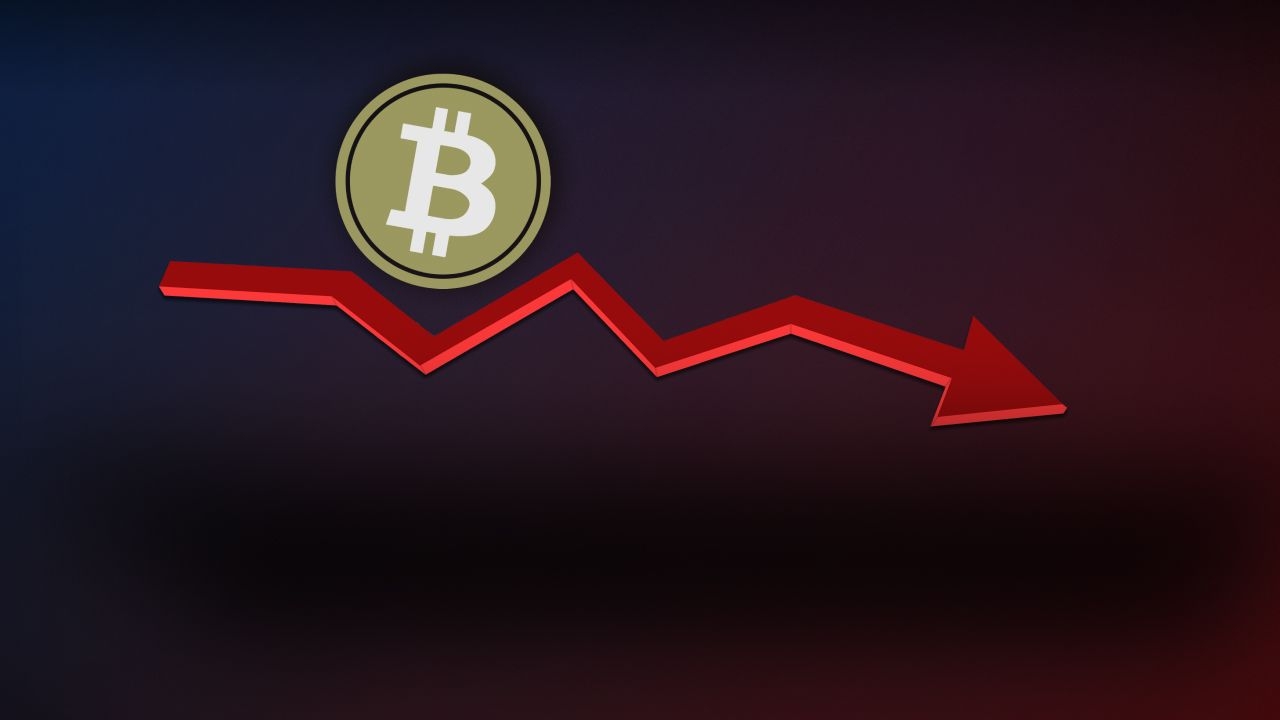The recent crypto market dip and the ongoing uncertainty among investors makes a possibility of a further decline in cryptocurrency prices. While there’s always a chance the bull run continues, it’s worth knowing how you may profit also when the market is going down.
Often, beginner traders misunderstand “selling” with “closing a position”. This creates confusion about “how can I sell if I don’t own the asset”. That’s the beauty of short-selling.
Short-selling is a speculation on the decline of an assets’ price – you are selling a borrowed asset when you believe that its price will go down, selling it later to make a profit.
Bitcoin short selling example

Let’s say Bitcoin trades at $31,769 and you think the price will go down / fall.
You tap the “SELL” button and short-sell 0.1 Bitcoin using $3,176.9 of your own money.
Assuming that Bitcoin falls to $30,000, you will make a profit of $176.9 (($31,769-$30,000) * 0.1). In other words, you lent 0.1 of Bitcoin at $31,769 and bought it back at $30,000, so you keep the profit of $176.9.
However, if Bitcoin rises to, for example, $32,000, you will face a loss of $23.1 (($32,000-$31,769)*0.1) as you have to “buy back” the 0.1 Bitcoin at a higher price.
How to short-sell carefully
- Consider timing – there are times in the market when conditions for short-selling improve, for example, during a Bear Market
- Make sure to turn on price alerts which on NAGA are fully customizable
- Mind your position size and use NAGA Protector
You can also follow the daily Tops & Flops on NAGA’s Facebook stories to find out which assets are currently volatile and have flopped (declined). 📲
All in all, short-selling takes the trading experience to a completely new extent, as you can make money even when the asset drops in price. Just beware of the risks involved as the whales sometimes intentionally invest large amounts to “squeeze short-sellers” – pushing the asset’s price higher to make short sellers close their position with a loss.


